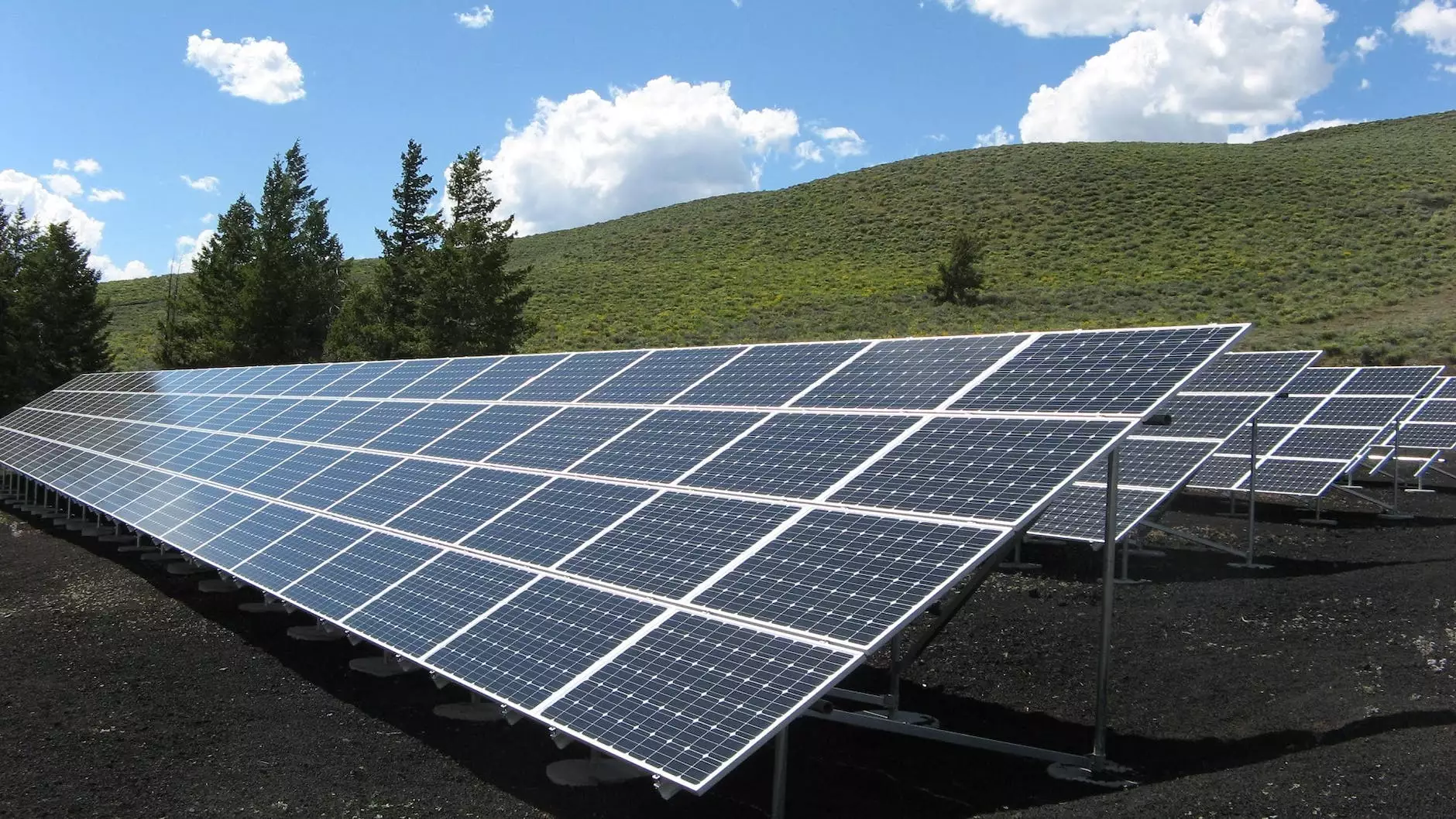You can get into NFTs and still be environmentally conscious
Digital Marketing
Introduction
The world of NFTs (Non-Fungible Tokens) has gained immense popularity and intrigue in recent years. These unique digital assets have provided artists, creators, and collectors with new opportunities for self-expression, ownership, and financial gains. However, concerns about their environmental impact have also arisen due to the energy-intensive nature of blockchain technology. But fear not! In this article, we will explore how you can get into NFTs, enjoy their benefits, and still be environmentally conscious.
Understanding NFTs
Before diving into the environmental aspects, let's briefly understand what NFTs are. NFTs are digital assets that represent ownership or proof of authenticity of a unique item, whether it's art, music, videos, collectibles, or virtual real estate. Unlike cryptocurrencies like Bitcoin or Ethereum, NFTs are indivisible and cannot be exchanged on a one-to-one basis as they represent something distinct.
The Environmental Concerns
One of the primary concerns surrounding NFTs is their environmental impact. The main culprit is the underlying blockchain technology, which requires significant computational power and energy consumption. The most common blockchain used for NFTs, Ethereum, operates on a consensus algorithm called Proof-of-Work (PoW), which demands substantial electricity usage for mining and validating transactions.
Energy Consumption and Carbon Footprint
The energy consumption of blockchain networks, such as Ethereum, is indeed substantial. According to some estimates, the annual energy consumption of Ethereum surpasses that of entire countries. This energy consumption contributes to carbon emissions, further intensifying the environmental concern.
Sustainable Approaches to NFTs
Despite these challenges, there are several approaches and alternatives being explored to make NFTs more environmentally friendly:
1. Transitioning to Proof-of-Stake (PoS)
Proof-of-Stake (PoS) is an alternative consensus algorithm to Proof-of-Work. Unlike PoW, PoS relies on validators who hold and "stake" a certain amount of cryptocurrency as a guarantee for participating in the consensus process. Compared to PoW, PoS consumes significantly less energy and has a lower carbon footprint.
2. Energy-Efficient Blockchains
Several emerging blockchains are designed with energy efficiency in mind. These blockchains utilize innovative technologies to minimize energy consumption, making them more environmentally friendly options for NFT creation and trading.
3. Offsetting Carbon Emissions
Another proactive approach to mitigate the environmental impact of NFTs is to invest in carbon offset initiatives. By supporting projects that reduce greenhouse gas emissions or promote sustainable practices, participants can counterbalance the carbon footprint associated with their NFT activities.
Embracing Environmental Consciousness
Beyond the technical solutions, individuals engaged in the NFT space can adopt practices and behaviors that align with sustainability:
1. Curbing Excessive minting
Artists and creators can be mindful of the number of NFTs they mint and focus on quality over quantity. By reducing unnecessary minting, they can help conserve energy and reduce the overall impact on the environment.
2. Promoting Eco-Friendly Platforms
Supporting platforms that prioritize sustainability and employ energy-efficient blockchain technologies can also incentivize positive change within the NFT ecosystem. By choosing platforms that align with environmental values, participants can shape the market towards more sustainable practices.
3. Raising Awareness and Education
Education plays a vital role in fostering environmental consciousness within the NFT community. By spreading awareness about the environmental impact of NFTs and sharing knowledge on sustainable approaches, individuals can drive collective action towards greener practices.
Conclusion
The rise of NFTs has undoubtedly opened up exciting possibilities for creators and collectors worldwide. However, addressing the environmental concerns surrounding their energy consumption is crucial to ensure a sustainable future. By embracing alternative technologies, supporting eco-friendly platforms, and adopting environmentally conscious practices, we can enjoy the benefits of NFTs while minimizing their impact on the planet. Together, let's make NFTs a catalyst for positive change in the digital art and collectibles landscape!




